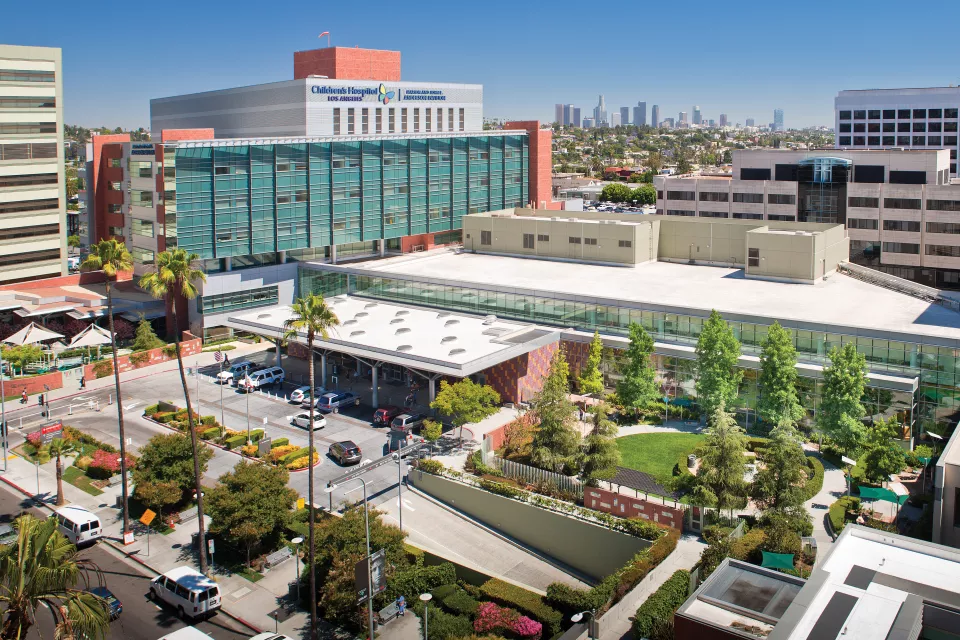Pierre Robin Sequence (also called Pierre Robin Complex or Syndrome) is a condition present at birth in which an infant has a very small lower jaw, a tongue that tends to fall back and downward and a soft cleft palate. This malformation occurs in approximately one in 8,500 births.
- The cause of the cleft palate is thought to be interference by the tongue during the baby's early development while still in the womb. These children typically have a normal-sized tongue, but in the setting of a very small jaw, the tongue can act as an obstruction and result in a U-shaped cleft palate.
- Potential complications include sucking and swallowing difficulties, breathing problems, apnea, feeding difficulties, gastro-esophageal reflux and abnormal speech. Affected infants need to be followed closely to ensure adequate weight gain. Airway obstruction is a primary concern, and may lead to hypoxia, failure to thrive and cerebral impairment. These complications may increase the risk for mortality in early life. Speech articulation difficulties due to cleft palate may necessitate speech therapy.
- Do not place a baby or infant with Pierre Robin Sequence on his/her back, which can cause the tongue to block the airway.
Causes of Pierre Robin Sequence
The specific causes of Pierre Robin Sequence are unknown. It may be part of many genetic syndromes, though it often occurs in isolation; environmental factors (such as a breech birth) also may play a role.
- Most infants with Pierre Robin Sequence are healthy children who have no other birth anomalies. However, children may sometimes have other medical problems. Additional referrals and studies usually are recommended during our team visit.
- In isolated Pierre Robin Sequence, the recurrence risk for siblings or offspring of the patient often is very low. If the disorder is inherited, the recurrence risks may be up to 50 percent. A geneticist will examine all infants and discuss with each family the chances of having another infant with Pierre Robin Sequence. Ultrasound is the only method of prenatal diagnosis of Pierre Robin Sequence, but this method may miss a significant number of cases.
Pierre Robin Sequence Treatment
Specialists from our Jaw Deformities Center and Craniofacial and Cleft Center treat children with Pierre Robin Sequence. The prognosis for individuals with isolated Pierre Robin Sequence is good, with a low mortality rate after infancy. Problems associated with this syndrome tend to diminish over the first few years as development of the lower jaw speeds up after birth and grows to a more normal size.
- In moderate cases, the patient requires placement of a tube through the nose and into the airway to avoid airway blockage. In severe cases, surgery is needed to prevent upper airway obstruction.
